Dogs that experience trauma early in life become harder to adopt through no fault of their own. Many have lived their whole lives tied up or in barren cages, knowing no human kindness and living in their own filth. Even basic home living can confuse and frighten them. They don’t know or trust people, and they can’t simply be placed into new homes when rescued.
Overcrowded shelters don’t have the time or resources required to rehabilitate these animals and they tend to fare horribly in stressful shelter conditions. Still, these dogs deserve a chance to heal and overcome their pasts. That’s where the ASPCA’s Behavioral Rehabilitation Center comes in.
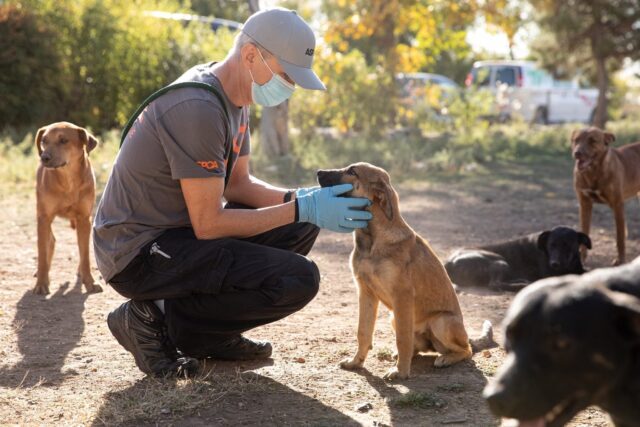
The ASPCA’s Behavioral Rehabilitation Center in North Carolina
In Weaverville, North Carolina, a dormitory houses up to 65 dogs. Many have been rescued from hoarding situations and puppy mills. This facility is the ASPCA’s Behavioral Rehabilitation Center. Here, behaviorally challenged dogs become suitable for adoption and professionals learn valuable behavior modification techniques.
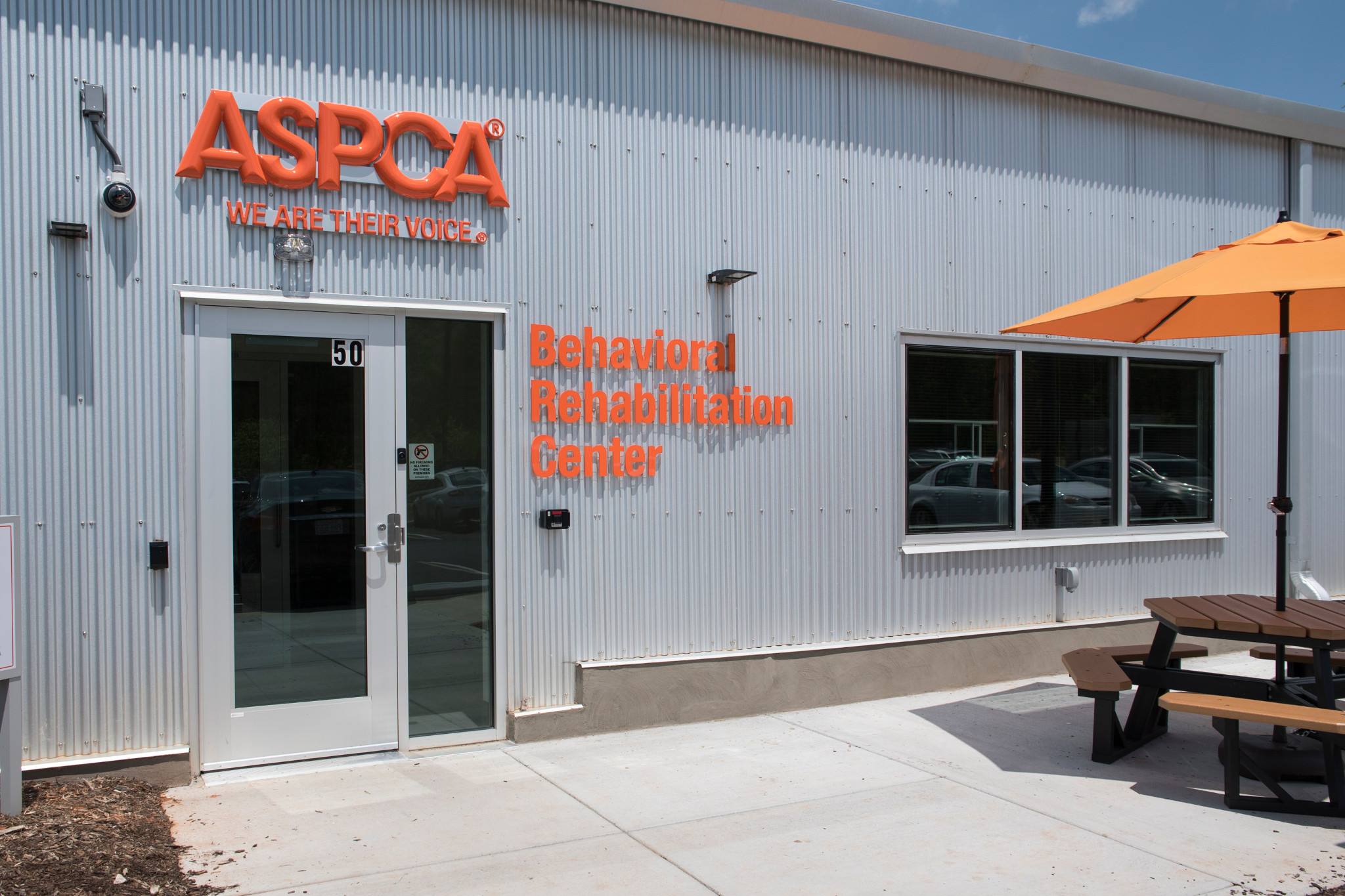
Kristen Collins, Vice President of ASPCA Rehabilitation Services, told NPR:
“This is, as far as we know, the only facility in the U.S. — and perhaps the world — exclusively dedicated to the rehabilitation of extremely fearful, undersocialized dogs.”
The Weaverville facility has individual kennels and “real-life rooms” which are designed to help dogs get used to life in home environments. It also has outdoor play areas and a large indoor training area. This incredible and unique facility evolved so much from its origins at the St. Hubert’s Animal Welfare Center in New Jersey.
How The BRC Grew
About 10 years ago, Collins, Dr. Pamela Reid, and Dr. Katherine Miller came up with the idea for the Behavioral Rehabilitation Center. Since its official founding in 2013, the center’s full-time staff has grown from just 5 to over 30 employees. This growing staff includes veterinarians, research scientists who study behavioral therapy, and trainers.
“The idea was just to honestly ask the question — can we rehabilitate these animals? Can we save them? We were aiming for (a graduation rate) of maybe half just considering the severity of the behavioral damage we were seeing,” Collins said.
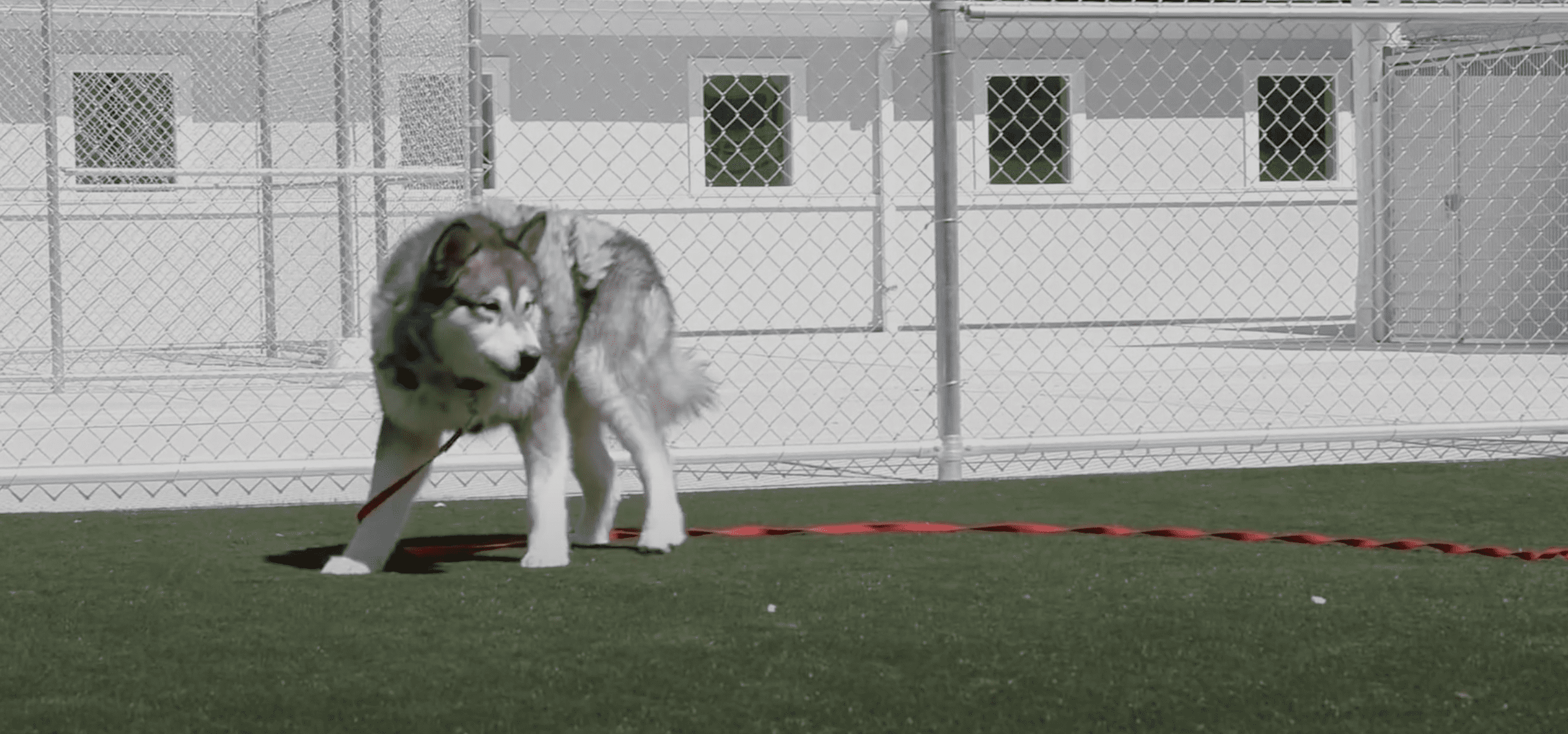
Amazingly, about 87% of the dogs who entered ASPCA rehabilitation programs since 2013 have graduated and gone on to forever homes. That success rate led to the establishment of the more permanent rehab facility in North Carolina in 2018.
Sharing Knowledge For Fearful, Recovering Dogs Everywhere
Importantly, the center is part of what ASPCA calls a “knowledge hub.” If the BRC can treat dogs with behavioral issues and learn about what causes their fears, they can pass on their knowledge and help other fearful and abused dogs learn to trust.
Staff track daily progress on individual dogs and their treatment during their stay. They note what works and what doesn’t, and hope to use the information they collect to help other dogs with similar fears and backgrounds.
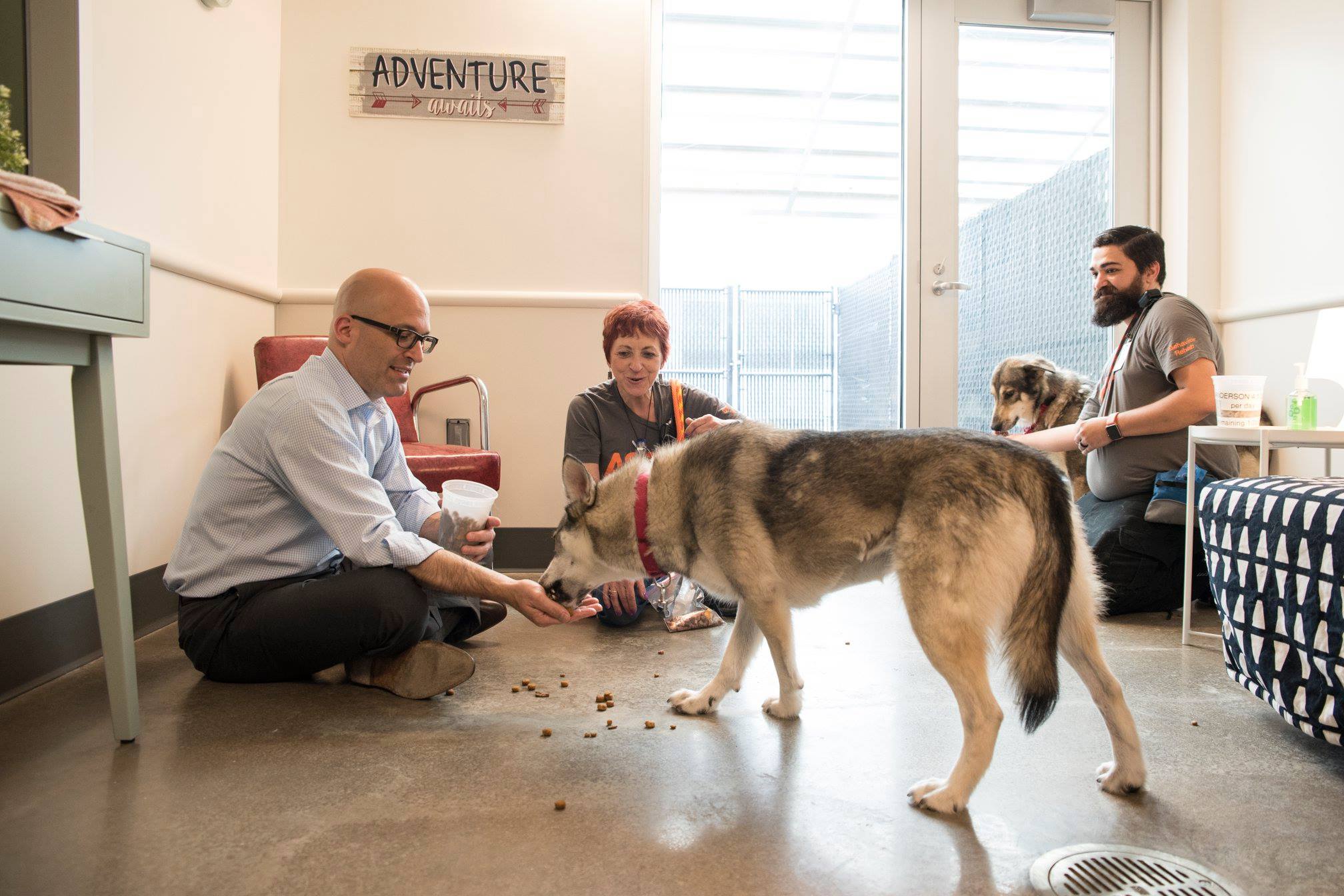
Though the Covid-19 pandemic put a stop to visiting staff from shelters all over the country, they’re still teaching their methods. Online courses help bring the rehab program and its inner workings to other rescues nationwide. According to Collins:
“In sharing this work, we’re not saying you have to have this fancy pants facility. We’re saying you can do this in a place where you can’t control anything.”
The Program’s Impact
Today, over 500 dogs have graduated from the BRC’s roughly 3-month long training course. These dogs all slowly learned how to enjoy human company and respond to basic commands. Average rehabilitation requires 13 weeks of treatment, but that depends on each individual dog and how they respond to treatment.
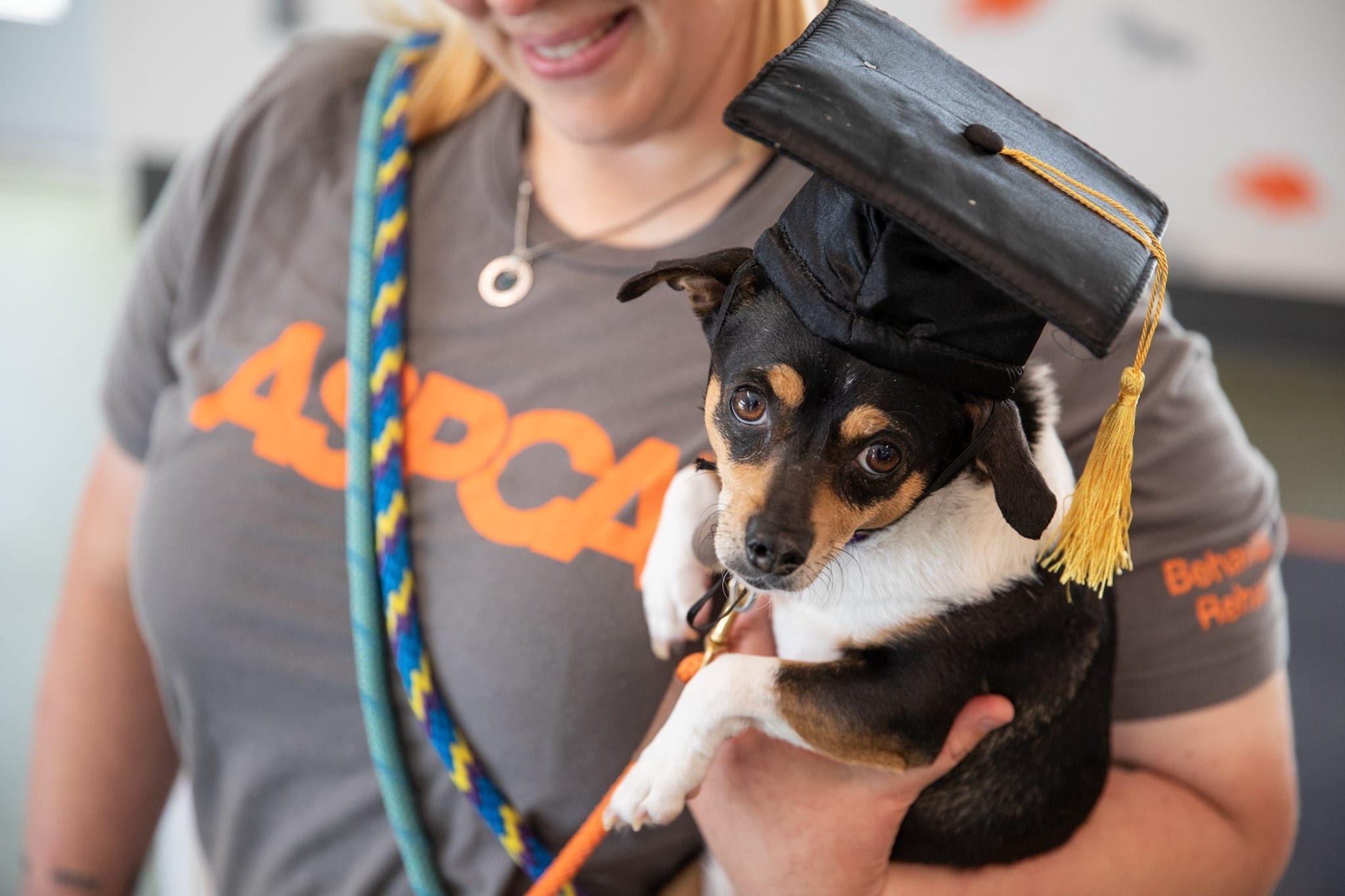
When the transformed dogs have completed the program, they get placed within the ASPCA’s network of partner shelters and rescue groups to be made available for adoption. Seeing these dogs go from terrified, catatonic, and antisocial to loving pets is well worth the time and effort. Collins adds:
“That’s the magic part. Watching, for the first time, a dog that’s been terrified lean towards you, or play — that’s just amazing. And I can’t talk about it without getting choked up. “
Learn more by watching the Second Chance Dogs documentary.
H/T: NPR
Featured Image: ASPCA via Facebook
 Toledo, United States.
Toledo, United States.